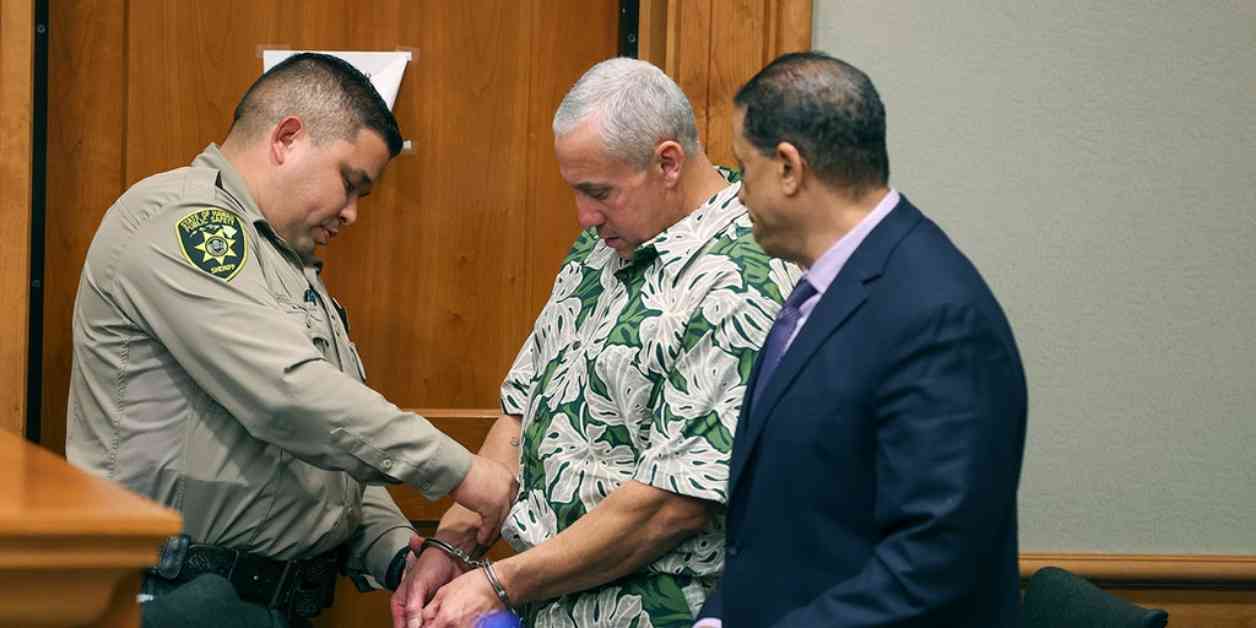A new suspect in the cold case murder and sexual assault of a Virginia woman, Dana Ireland, who was visiting Hawaii over three decades ago, has been identified as Albert Lauro Jr. of Hawaiian Paradise Park on the Big Island after the Hawaii Police Department matched DNA taken from Ireland’s body to Lauro. Lauro committed suicide recently after the police collected a DNA swab from him.
Lauro was zeroed in by authorities in recent months, and they obtained a DNA sample from him after watching him eat lunch and getting a discarded fork. When the police went to his home to test the DNA sample against a swab taken from him in person, Lauro took his own life.
The DNA evidence gave police probable cause to bring rape charges against Lauro, but the statute of limitations on such charges had expired. Although murder is still within the statute of limitations for Ireland’s death, there wasn’t enough evidence to charge Lauro with murder.
The police hope that Lauro’s cellphone will provide more information, and they are seeking help from family and friends who knew him in 1991. Schweitzer, who was previously incarcerated for Ireland’s killing, was released based on new evidence, and his attorneys criticized the police for not ensuring that Lauro didn’t flee or harm himself after providing his DNA. They demanded a federal investigation into the case and all communications related to the DNA work.
Mayor Mitch Roth supported the police and emphasized that the results from the DNA swab collected from Lauro came in after his death. The Innocence Project attorneys argued that the police had probable cause to arrest Lauro before his suicide and called for an investigation into why he wasn’t arrested earlier.
The case of Dana Ireland has been one of Hawaii’s most notorious, with the killing remaining unsolved for years. The recent developments with Lauro have shed new light on the investigation, and efforts are being made to determine what happened to Ireland and bring closure to her case. The involvement of the Innocence Project and new DNA evidence has brought potential answers to light, but many questions still remain unanswered.


